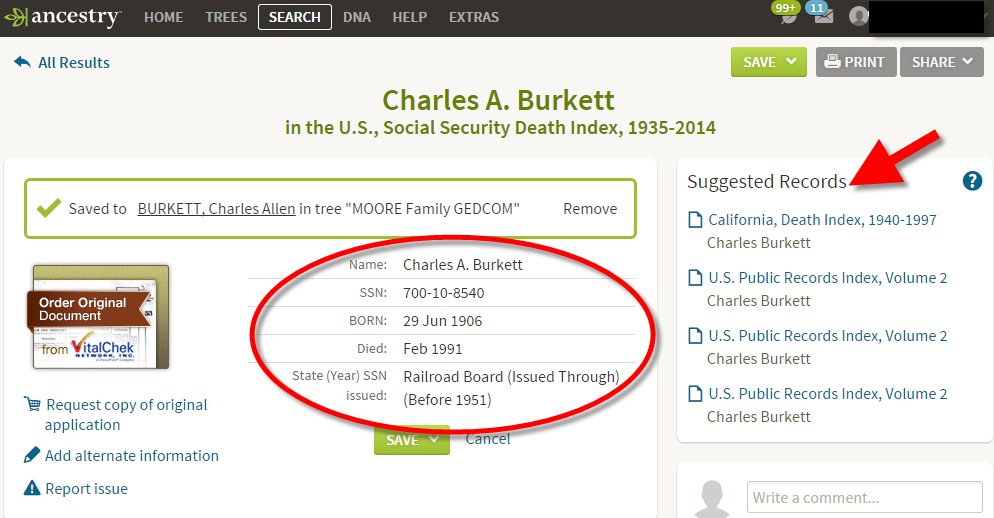New Genealogical Records for Immigrant Ancestors

Land ho! Your immigrant ancestors are waiting to be found in these new and updated record collections. Find naturalization petitions and passport applications first, then move on to the civil registration records to find the family members they left behind. Records for this week cover the United States, Italy, Peru, and Spain.
UNITED STATES – NATURALIZATION PETITIONS
Find My Past now offers more than 7.8 million digitized records for the U.S. Naturalization Petitions collection. Records can be found as early as 1795, but may not hold much information other than a name and place of origin. Between the years of 1905-1950 however, the naturalization process asked many helpful questions for today’s genealogist. Not only will you likely find your ancestor’s arrival information and country of origin, but you will likely find a full name, birth date and place, name of spouse and their birth date and place, and names of children and their birth details. The best part is there may be a photograph included of your relative!
This collection includes the following publications from the National Archives and Records Administration (NARA):
- NARA microfilm publication M1545, Index to Petitions and Records of Naturalizations of the U.S. and District Courts for the District of Massachusetts, 1906-1966
- NARA publication M1522, Naturalization Petitions for the Eastern District of Pennsylvania
- NARA publication M1248, Indexes to Naturalization Petitions to the U.S. Circuit and District Court for the Eastern District of Pennsylvania, 1795-1951
- NARA microfilm publication M2081, Indexes to Naturalization Petitions for United States District Courts, Connecticut, 1851-1992
- NARA microfilm publication M1164, Index to Naturalization Petitions of the United States District Court for the Eastern District of New York, 1865-1957
- NARA microfilm publication M1675, Alphabetical Index to Declarations of Intention of the U.S. District Court for the Southern District of New York, 1917-1950
- NARA microfilm publication M1676, Alphabetical Index to Petitions for Naturalization of the U.S. District Court for the Southern District of New York, 1824-1941
UNITED STATES – PASSPORT APPLICATIONS
The U.S. Passport Applications and Indexes can now be accessed on Find My Past. This collection currently covers records from Connecticut, Massachusetts, New York, and Pennsylvania. Records from others states will be added to the collection as they are obtained. Some records go back to 1795, however the most valuable in genealogical data will likely be those created in the 20th century and beginning in December of 1914, you may find a photograph of your ancestor as well. These applications are loaded with valuable genealogy information. Find out where your ancestors were going and who they were setting out to see!
ITALY – CIVIL REGISTRATIONS
Benevento, Civil Registrations for the years of 1810-1942 have been updated on FamilySearch.org. These civil records include births, marriages, and deaths. Though the records are not yet indexed, you can browse the digital images. The records are in Italian of course, but don’t let that stop you! Just use the handy Google Translate tool for Italian to English.
PERU – CIVIL REGISTRATIONS
The Peru, La Libertad, Civil Registration, 1903-1998 is a collection of digital images at FamilySearch. Some have already been indexed, but you can browse through the entire collection as well. Included within these civil registrations are birth, marriage, and death records. You will be delighted to find extra genealogically significant pieces of information like names of witnesses and parents, and even the ages of parents. [TIP: When you find the age of the parent, you can calculated the estimated birth year which will come in handy as you continue to fill your family tree.]
SPAIN – MUNICIPAL RECORDS
FamilySearch also offers the Spain, Province of Cadiz, Municipal Records for 1784-1956. Some of these digital images have been indexed, but it would serve you well to browse through the 1.6 million records. Remember, they are broken down into smaller locations which make searching over 1 million records do-able. The municipal records include what is traditionally considered civil records like birth, marriage, and death items. However, they go one step further and contain some interesting record sets such as censuses, military records, and nobility records.
WHY WE’RE HERE
Each week, we share what’s new and updated in genealogical record collections. We hope you will feel inspired to dig with us as we flesh out our long, lost ancestors. For more helpful tips and tricks for your genealogy success, sign-up for our free weekly newsletter found at the top right of this page or by scrolling to the bottom if you are on your mobile device. Have a great weekend!
MORE GEMS ON RESEARCHING IMMIGRANT ANCESTORS
U.S. Passport Applications: Finding Immigrant & Traveling Ancestors
Beginning Irish Genealogy: Tip & Free Records

How to Use Google Earth for Genealogy

 Happy July 4th–and Happy 50th to the Freedom of Information Act! Read more about the FOIA and genealogy records we can access because of it.
Happy July 4th–and Happy 50th to the Freedom of Information Act! Read more about the FOIA and genealogy records we can access because of it.







